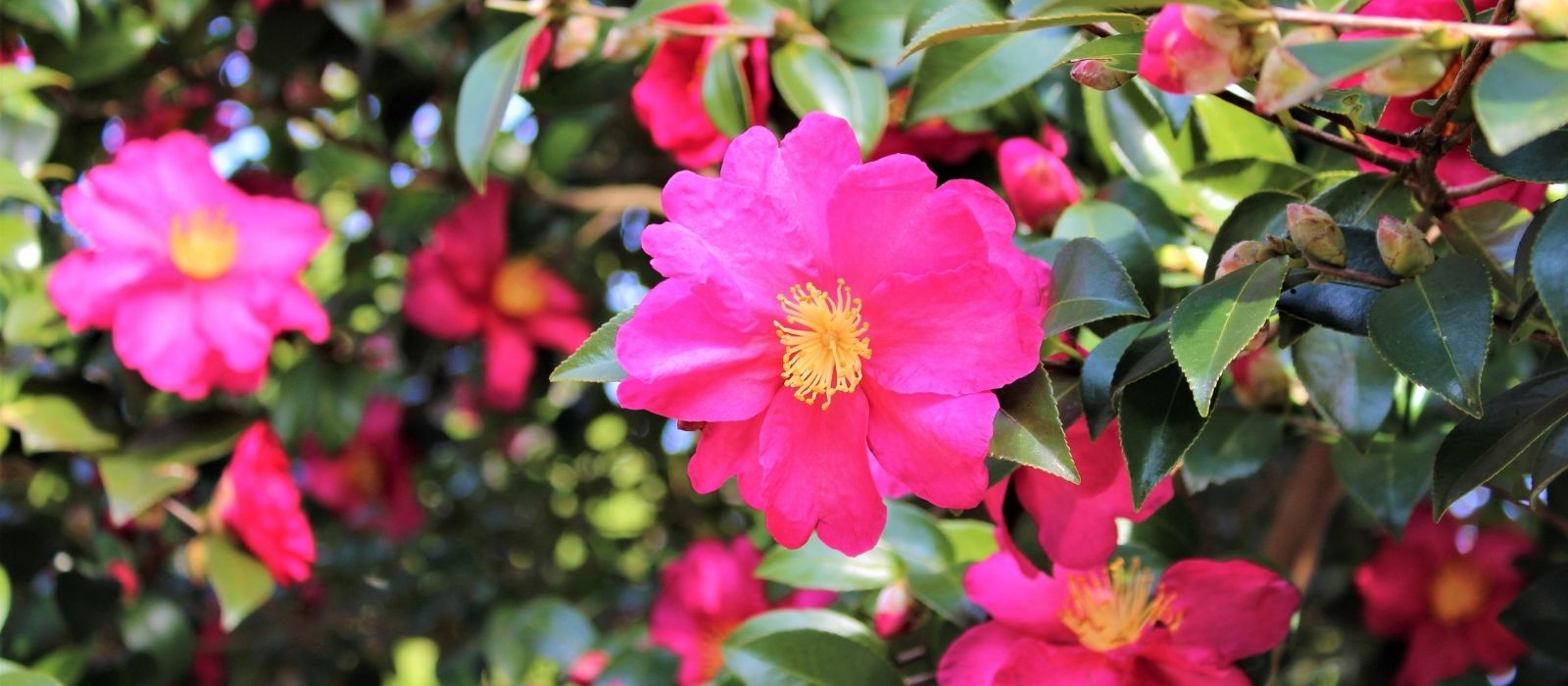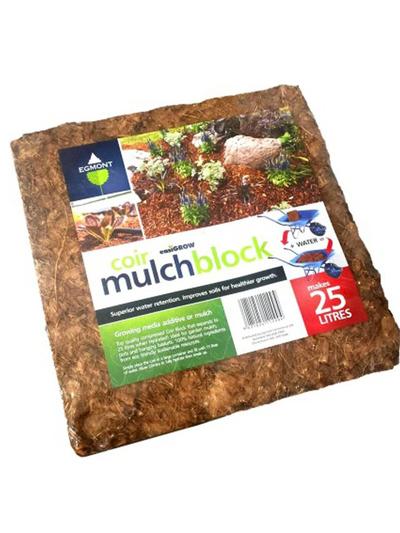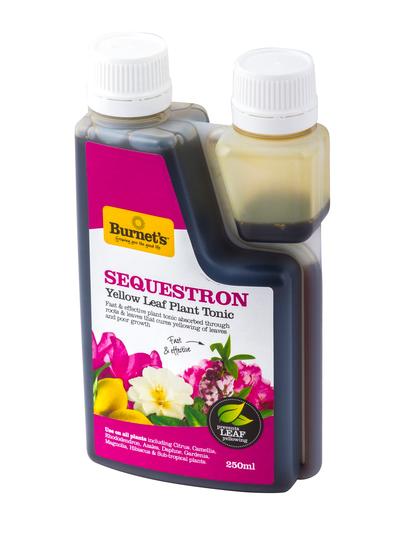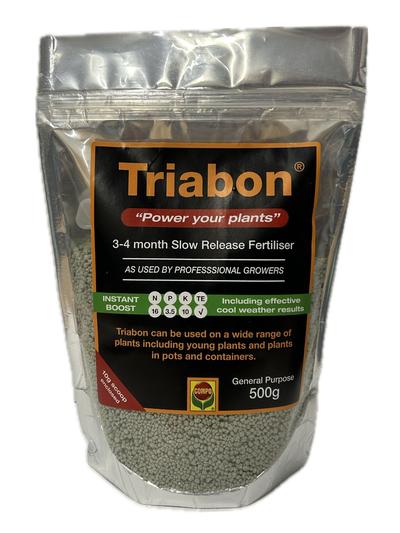
Camellias are a beautiful, low-maintenance addition to any garden, offering glossy foliage and stunning flowers year-round. Revered as the most beautiful flower under the heavens during the Ming Dynasty, camellias continue to captivate gardeners with their elegance and resilience.
Types of Camellias
Camellias are available in four main types, each with unique characteristics.
Sasanquas: Sasanquas are the first to bloom, typically starting in mid-March in warmer areas. These plants produce more flowers than other camellias, which are smaller and accompanied by narrow, pointed leaves. Sasanquas are more tolerant of full sun and wind, making them ideal for hedging or espalier. Recommended varieties: Mine-No-Yuki (double white), Yuletide (red with yellow stamens), Night Rider (deep red flowers with dark new foliage).
Japonicas: Japonicas are the most common type, featuring medium-sized, glossy, roundish leaves. Their flowers range from 5–15cm and bloom from early winter to late spring. With many cultivars available, it’s best to see them in bloom to choose the right one. Recommended varieties: Brushfields Yellow (pale primrose), Takanini (plum-red with long flowering), Debbie (bright pink double flowers), Nicky Crisp (pale pink semi-double flowers).
Reticulatas: Known for their large leaves and stunning flowers (up to 20cm wide), reticulatas bloom later, from early spring. These are striking trees when in full bloom.
Hybrids: Hybrids are crosses between two or more species, producing smaller leaves and more compact growth, ideal for smaller gardens and containers. Some hybrids also offer a light fragrance. Recommended varieties: Cinnamon Cindy (white fragrant flowers with a rose blush), Fairy Blush (bright pink buds), Spring Festival (semi-double light pink flowers), Quintessence (small fragrant white flowers).
Caring for Camellias
Soil & Site
Camellias prefer semi-shaded conditions, although some varieties tolerate full sun. It's important to keep their roots cool, so mulching is recommended. They thrive in slightly acidic, moist, well-draining soil. If you have heavy clay, improve drainage by adding compost and gypsum at planting time. If the soil remains waterlogged, consider creating a raised bed, as camellias are prone to root rot in soggy conditions.
Fertiliser
Camellias are acid-loving plants. Use a fertiliser designed for acid-loving plants, such as an Acid, Camellia & Rhododendron Fertiliser, if your soil is non-acidic. Otherwise, a general garden fertiliser works fine. Yellowing leaves may indicate a magnesium deficiency, in which case, apply Epsom Salts or Sequestron Plant Tonic.
Pruning
Camellias require minimal pruning, just enough to keep them tidy. They can tolerate severe pruning if needed, but avoid pruning after October to prevent removing next year’s flowers. If your camellia isn’t thriving, consider relocating it to a more suitable site—camellias transplant surprisingly well, especially in winter.
Pests
Camellias are generally pest-resistant due to the caffeine in their leaves, which acts as a natural insecticide. However, if you experience major infestations, check that your camellia isn’t exposed to excessive wind or dry, hot conditions.
Containers
Camellias grow well in containers, but they require regular watering and little, frequent fertilising with Triabon or Oderings Total Replenish. Mulch with compost or medium-sized river stones to keep the roots cool and prevent the potting mix from drying out. Some shade is also beneficial for container-grown camellias.








